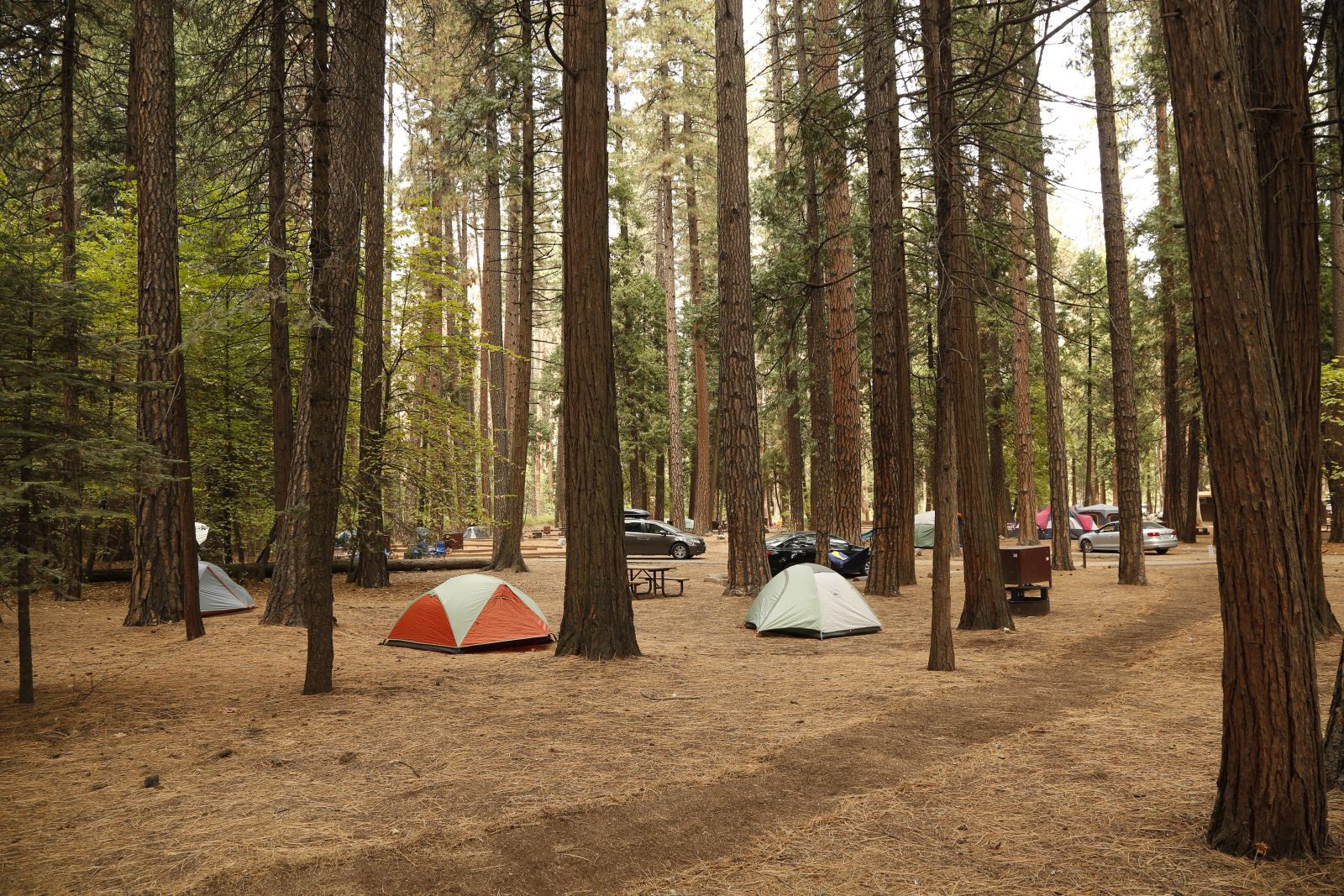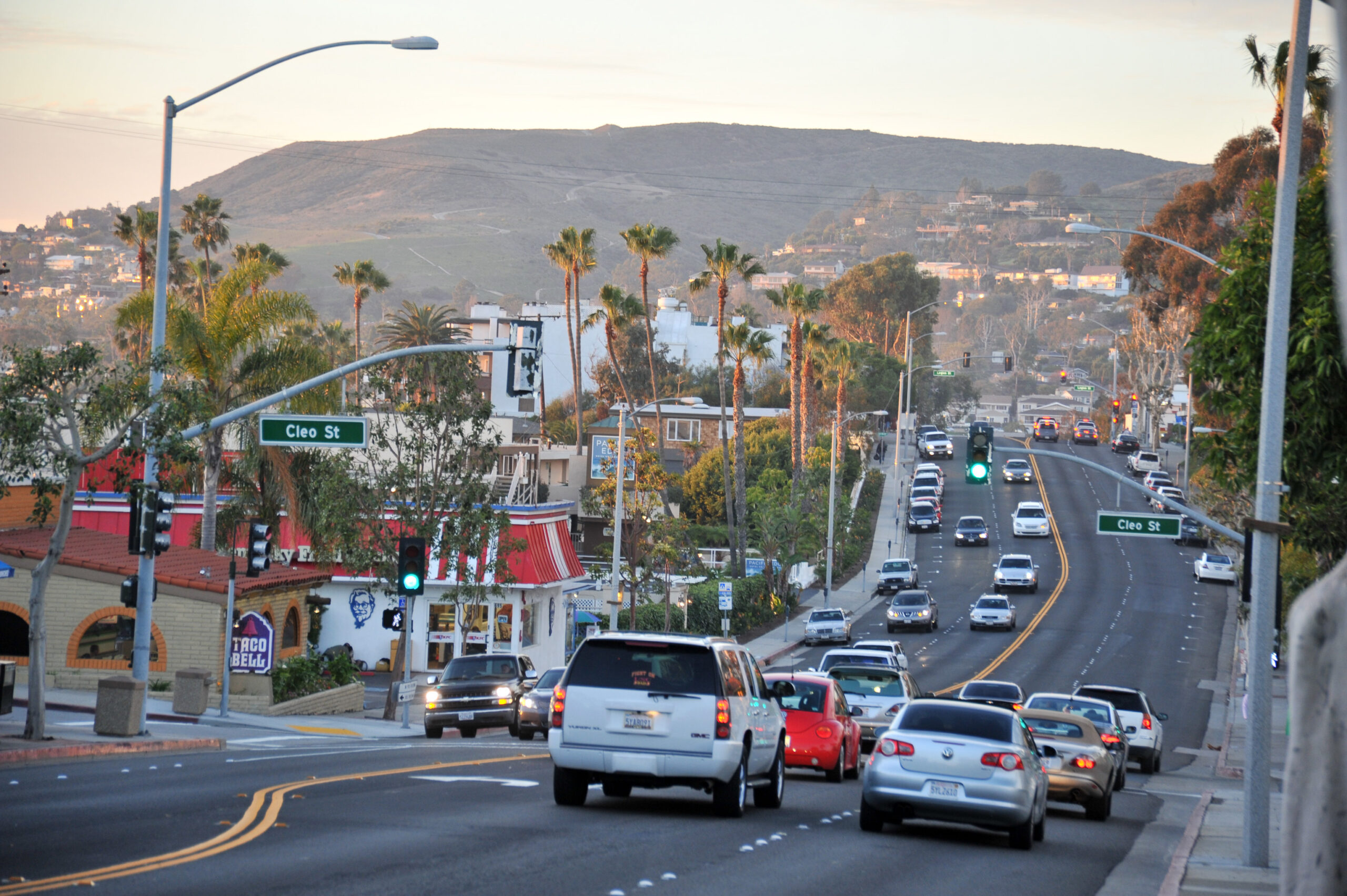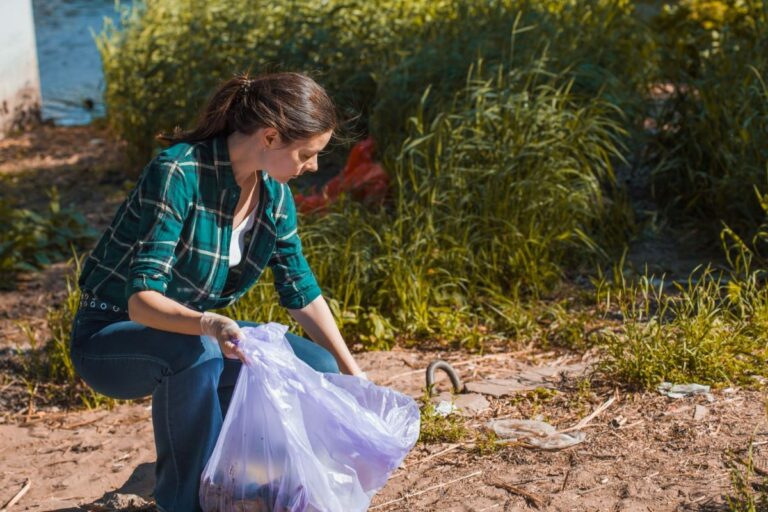California Tourism: Green Initiatives or Gimmicks?
California boasts some of the most breathtaking landscapes and attractions, but is its tourism industry truly sustainable, or are we just being sold a marketing gimmick? Let’s see if California’s tourism practices hold up to scrutiny.
1. Overcrowded National Parks

California’s national parks are a major draw, but the influx of tourists has led to severe overcrowding. Yosemite National Park, for instance, received over 4.4 million visitors in 2022, causing damage to trails and natural habitats. This influx strains park resources and diminishes the natural experience.
2. Water Usage Concerns

In a state plagued by drought, the water consumption by tourist attractions is alarming. For example, the golf courses and resorts in Palm Springs consume millions of gallons of water annually, exacerbating water shortages.This unsustainable use of water raises serious concerns about resource management.
3. Air Pollution from Increased Traffic

Tourism brings a significant increase in vehicle traffic, contributing to air pollution. In 2021, Los Angeles reported an increase in smog-related days, partly due to the rise in tourist traffic. This added pollution negatively impacts both the environment and public health.
4. Impact on Local Wildlife

Increased human activity in tourist-heavy areas disrupts local wildlife. In Joshua Tree National Park, the influx of visitors has led to habitat destruction, threatening species like the desert tortoise . Protecting these delicate ecosystems is becoming increasingly difficult.
5. High Waste Production

Tourists generate a significant amount of waste, much of which ends up in landfills. California beaches alone collect hundreds of tons of trash annually from visitors . Despite recycling efforts, much of this waste pollutes the natural environment.
6. Questionable Eco-Tourism Practices

Many so-called “eco-tourism” initiatives are more about marketing than genuine sustainability. Activities like whale watching in Monterey Bay can disturb marine life, despite being marketed as eco-friendly . These practices often prioritize profit over environmental protection.
7. Unsustainable Real Estate Development

The demand for tourist accommodations leads to unsustainable real estate development. Coastal areas like Malibu have seen significant development, often at the expense of natural landscapes and local ecosystems . This development trend threatens the very beauty that attracts tourists.
8. Cultural Exploitation

Tourism often commercializes local cultures, turning them into mere attractions. Indigenous traditions in areas like Big Sur are sometimes trivialized to cater to tourists’ expectations . This cultural exploitation can erode the authenticity of local heritage.
9. Seasonal Overload

Certain destinations face seasonal overload, where tourist numbers skyrocket during peak seasons. Lake Tahoe, for example, sees a massive influx of visitors during summer and winter holidays, overwhelming local infrastructure . This seasonal surge can strain resources and diminish the quality of life for residents.
10. Economic Disparities

Tourism can create economic disparities, where tourist areas receive an influx of cash while other regions are neglected. For example, while San Francisco benefits greatly from tourism revenue, inland areas struggle economically . This uneven distribution of wealth can lead to local resentment.
11. Carbon Footprint of Air Travel

The carbon footprint of air travel to and from California is massive. In 2019, Los Angeles International Airport handled over 88 million passengers, contributing significantly to global carbon emissions . Despite local sustainability efforts, the sheer volume of flights undermines these initiatives.
12. Degradation of Natural Sites

Popular natural sites suffer from degradation due to heavy foot traffic. The giant sequoias in Sequoia National Park have been damaged by visitors trampling their shallow roots . Protecting these ancient trees from further harm is increasingly challenging.
13. Noise Pollution

Tourist hotspots often deal with significant noise pollution. The constant stream of tourists in Hollywood, for instance, creates a noisy environment that affects both locals and wildlife . This noise pollution can significantly impact the quality of life and natural ambiance.
14. Increased Cost of Living

Tourism can drive up the cost of living in popular areas. San Diego has seen housing prices soar, partly due to the demand for vacation rentals . Locals often find themselves priced out of neighborhoods due to the influx of tourists.
15. Greenwashing by Corporations

Many corporations engage in greenwashing, promoting minimal sustainability efforts to attract eco-conscious tourists. For example, some hotels claim to be eco-friendly by simply asking guests to reuse towels . These superficial measures do little to address the underlying environmental issues.
16. Over Reliance on Tourism Economy

An overreliance on tourism can make local economies vulnerable. The COVID-19 pandemic showed how devastating it can be when tourism dollars disappear, as seen in cities like Anaheim, home to Disneyland . Diversifying local economies is crucial for long-term stability.
The Golden State’s Green Facade

California may sell itself as a green paradise, but the reality often falls short. From environmental degradation to cultural exploitation, the negative impacts of tourism are hard to ignore. It’s time to look beyond the glossy marketing and consider whether our travels are truly sustainable.
Not All Tea Is Good for You: List of Teas to Avoid and to Stick To

Not all teas are healthy and some might actually harm your health with poor ingredients. But how can you tell the good from the bad? This guide aims to help you make informed choices without turning you into a tea expert overnight. Not All Tea Is Good for You: List of Teas to Avoid and to Stick To
America’s Spiritual Revolution: Turning Away from Christianity to Embrace Alternatives

As church attendance declines, Americans are exploring diverse spiritual paths, from stargazing druids to unconventional deities like Wi-Fi gods and extraterrestrials. Explore the quirky and sometimes controversial new religions capturing attention as people seek meaning beyond traditional Christianity. America’s Spiritual Revolution: Turning Away from Christianity to Embrace Alternatives
25 Must-Try Global Delicacies

From Bangkok’s bustling streets to Parisian cafes, every corner of the world offers something special for your taste buds. And you don’t have to travel far; even in the USA, you can find a world of flavors. Here are 25 global delicacies every foodie should try, including some local favorites! 25 Must-Try Global Delicacies
Featured Image Credit: Shutterstock / Sundry Photography.
For transparency, this content was partly developed with AI assistance and carefully curated by an experienced editor to be informative and ensure accuracy.






